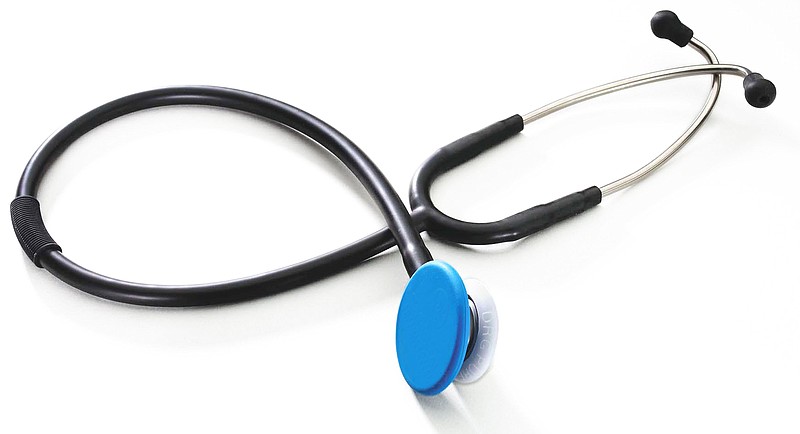The varied hormones in our bodies exert their effects by attaching to specific receptors. Once this attachment is established, a hormone initiates a unique, complex chain of events that regulate our body's development and function. Think of each hormone as a member of an orchestra that is performing a demanding, perpetual symphonic work.
Hormone disrupters are chemicals - some naturally occurring, some man-made - that interfere with this delicate process. A disrupter may mimic a hormone, attaching to its unique receptor, then launch an inappropriate action.
Alternatively, a disrupting chemical may block the receptor so a hormone cannot attach and function normally. A disrupter might alter the metabolism of a hormone so its action is increased or shortened.
The banned pesticide DDT, for instance, interfered with fertility and sexual development in a variety of animals.
Dioxins, chemicals produced in waste incineration, some industrial processes and forest fires, have been shown to disrupt hormonal function in wildlife. Dioxins are widely dispersed in trace amounts; human exposure to dioxins is through food.
PCBs, chemicals used in heat transfer, were banned in the U.S. in 1979 and worldwide in 2001, in part because of their effects on multiple hormonal receptors.
Chemicals used to make plastics more flexible, durable and transparent are termed "plasticizers." They are commonplace in our environment. A diverse body of research documents that certain plasticizers may disrupt hormonal function.
Phthalates constitute one group of widely used plasticizers. They may be incorporated in cosmetics, shampoos, shower curtains, carpeting and medical tubing and catheters. A 2014 study linked prenatal, urinary levels of metabolites - breakdown products of phthalates - to decreased intellectual and cognitive function in children who were evaluated during their first seven years of life. This decline could result from interference with hormone action on developing brains, but the linkage does not necessarily establish cause.
A few phthalates in high doses interfere with sexual development in laboratory rats. The relevance of these studies to human beings is unclear.
Bisphenol A (BPA) is a plasticizer commonly found in water and soda bottles, liners in metal cans and storage containers used for food. Over time, BPA leaches into the liquid or solid which it encases. Heating accelerates the process. BPA from discarded containers enters soil and groundwater. The great majority of us have measurable levels of BPA in our blood, which we have acquired from food and drink. We also may be exposed to BPA from dust.
Studies in experimental animals have shown that BPA may affect brain function, behavior, and prostate gland development in fetuses and young animals. These effects are seen at levels of exposure seen in human environments. Because BPA is a weak estrogen, it has been linked to earlier onset of puberty in girls and it also has been linked to breast cancer in experimental animals.
A study reported in 2011 showed that healthy adults eating one can of commercially prepared tomato soup daily had a tenfold increase in urinary BPA levels compared to a similar group who ate homemade soups made from fresh vegetables. The effects of such exposure over long periods of time are unclear.
Foods should not be heated in plastic containers, and those same containers should not be exposed to the steam and heat of dishwashers. Due to concerns about BPA, it is no longer used in baby bottles or in packaging materials for infant formula.
Until more data is available, we can reduce our exposure to BPA by using refillable, BPA-free water bottles. Nalgene is one producer. Pricier containers made of non-BPA plastic are available. However, some of these plastics have been found to release weak estrogenic compounds when heated in microwaves. Glass containers are safe, and we should reduce the use of canned foods since many of the containers are lined with plastic.
The Nutrition and Healthy eating section at mayoclinic.org is an excellent source of information on this and other topics related to what we eat.
Contact Clif Cleaveland at ccleaveland@timesfreepress.com.

